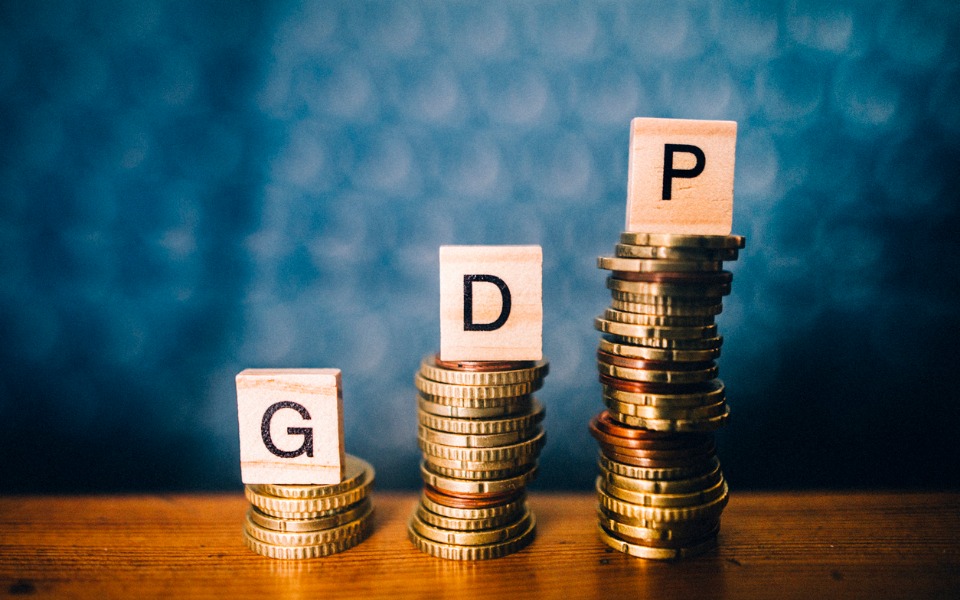
Moody's downgrades India's GDP growth rate to 6.2% for 2019

Moody’s Investors Service on Friday (August 23) revised downwards India’s GDP growth forecast for the current year to 6.2 per cent, saying that the economy remains sluggish due to a combination of factors such as weak hiring, distress among rural households and tighter financial conditions.
The GDP growth forecast for 2019 calendar year was revised downwards from its previous estimation of 6.8 per cent. The same for 2020 was also lowered by a similar 0.6 percentage points to 6.7 per cent, Moody’s said in a statement.
Announcing revision in its growth forecast for 16 Asian economies, it said that weaker trade and investment weigh on GDP growth, despite stable private and public consumption in the region.
“While not heavily exposed to external pressures, India’s economy remains sluggish on account of a combination of factors, including weak hiring, financial distress among rural households, and tighter financing conditions due to stress among non-bank financial institutions,” it said.
Also Read: Vehicle sales hits 19-yr low; industry seeks action to save jobs
Stating that domestic factors have had a greater influence on growth in India, Moody’s said the moderation in business sentiment and slow flow of credit to corporates have contributed to weaker investment in the country.
“Cooler business sentiment and slow flow of credit to corporates contribute to weaker investment in India,” it said.
Indian economy had expanded by 6.9 per cent in 2017 and 7.4 per cent in 2018, according to Moody’s. GDP growth rate had hit a five-year low of 5.8 per cent in the January-March quarter and the government is slated to announce the first quarter (April-June) growth number on August 30.
The Reserve Bank of India (RBI) too had earlier this month lowered GDP growth estimate for the current fiscal that began on April 1 to 6.9 per cent from previous estimate of 7 per cent citing demand and investment slowdown.
Moody’s said that inflation was expected to rise to 3.7 per cent this year and 4.5 per cent in the next from 2.9 per cent in 2018.
“Reserve Bank of India has been most active in cutting rates in support of growth, but lingering financial sector issues may blunt the effectiveness of the monetary stimulus,” it added.
Also Read: RBI cuts interest rate by 35 bps, EMIs likely to come down
Moody’s said that of the 16 Asian economies, Hong Kong and Singapore have shown particularly weak expansions this year, with very large deteriorations in real GDP growth when compared to the first half of 2018.
It explained that externally-oriented economies saw a sharper slowing during the first six months of 2019, while domestic factors have had a greater influence on growth in Japan, India and the Philippines.
“The weaker global economy has stunted Asian exports and the uncertain operating environment has weighed on investment,” it said. “In particular, softer capital formation has mirrored the weakening in exports, especially for trade-reliant economies such as Korea and Hong Kong.”
As for the Philippines, the delay in the passing of the government budget has disrupted its infrastructure build-out, while in Malaysia and Sri Lanka, fiscal tightening has posed drags.
Moody’s also said that the slower overall GDP growth in the region has not yet weighed significantly on broader employment conditions, while generally benign inflation supports purchasing power across the Asia Pacific.

